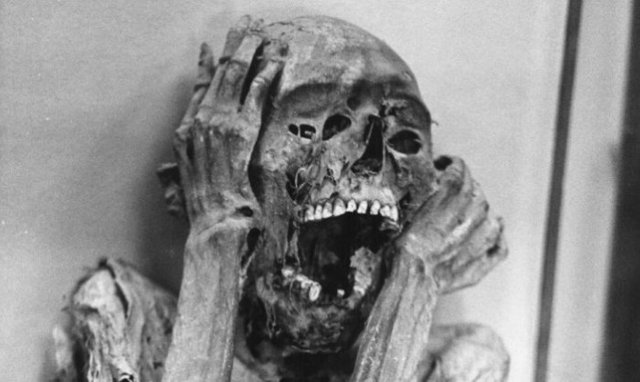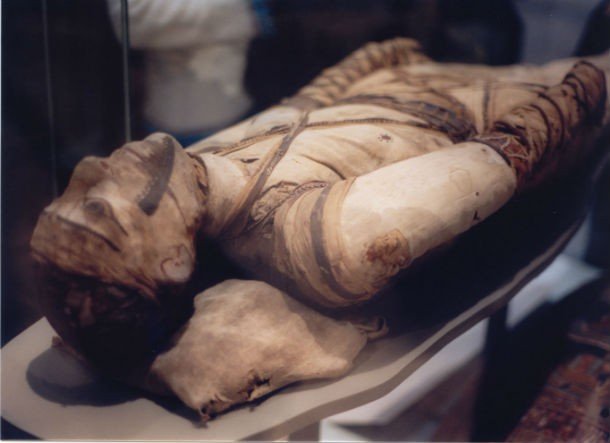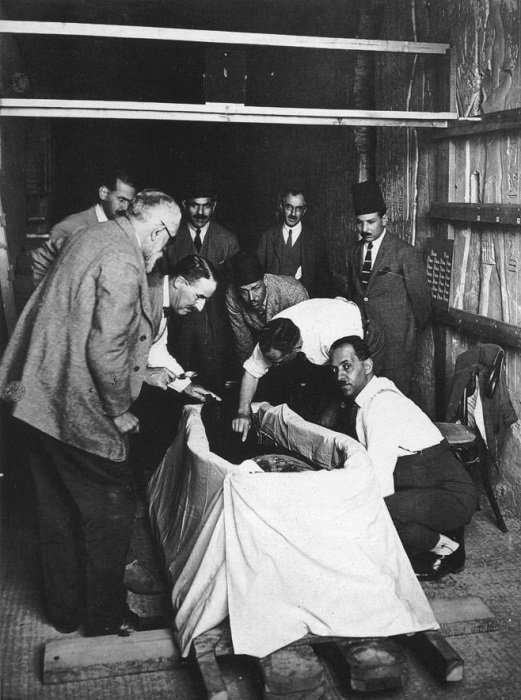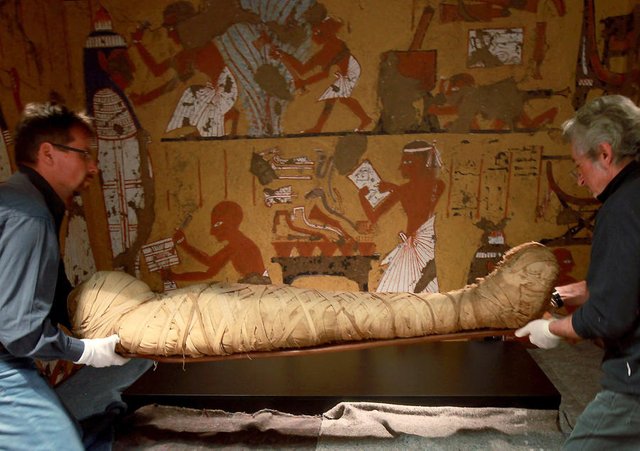The culture of Ancient Egypt does not cease to inspire writers and screenwriters to new subjects. Now Tom Cruise was in a quandary, disturbing the mummy of Pharaoh's daughter. Actually, mainly from the films we also get information about the mummies and everything connected with them. But there more and more talk about how the spirits break free and how they are driven back into the world of the dead. While realistic stories about the embalmed bodies of the Egyptians are more than enough. About them and talk.
The ancient Egyptians believed that the physical body must join the soul in the afterlife, so you should keep it as good as possible. But it was not possible to remove internal organs, because otherwise embalming would not have been effective (in order to understand this, the Egyptians took about 800 years). The only organ that was left inside the body was the heart. It was believed that the heart is a receptacle of the mind and emotions - those qualities that the deceased will need in the next world.

There is an opinion that mummified only the pharaohs. This is not true. In fact, this service could be ordered for yourself or someone close to anyone who had enough money. But those were not so much - the pleasure was not cheap. The bodies of people were dried in a special way, the organs were removed, processed with special oils and wrapped in linen dressings. The whole process took up to 70 days. And all involved, from surgeons to scribes, received very substantial fees.

The dried bodies lying in the sarcophagi are not a pleasant sight, but a kind of mummies with an open mouth and that is worse. And they found a lot of such. The fact is that the ancient Egyptians believed: if embalmed deceased with an open mouth, then in the afterlife it will be easier for him to breathe. Perhaps, it was this custom that became the forerunner of cinematic animated mummies.

Not all mummies were given the same pose. For example, the pose with arms crossed on the chest, familiar to us from the films, belonged exclusively to people of royal blood and only to men. All the rest were buried with arms stretched out along the body or hands placed on the stomach.

In the Victorian era, popular entertainment at parties was the unfolding of mummies. The owner bought a mummy, and the guests alternately took off the bandage, groaning with horror. Naturally, public autopsies were conducted by archaeologists and doctors. True, they got mummies for free.

After the autopsy and conducted studies, the bodies turned out to be unnecessary. At first they were thrown away, but then they began to sell at a symbolic price to the paint manufacturers. Ironically, this sounds, but the crushed remains of ancient bodies gave a colorful brown hue, and therefore were very popular with artists. The paint of mummies was in demand right up to the 1960s. The reason for stopping the manufacture of such a dye was too trivial - the manufacturer simply ended the mummies.

In the XVII-XVIII centuries, European doctors used the remains of mummies as a remedy for almost all diseases. A powder made of a skull was especially appreciated. They treated everything from a cold to epileptic seizures. And King Charles II believed that the dust of the mummy contains the secret of greatness. He kept several copies - from them he collected the dust falling and rubbed it into the skin.
Thanks for watching!